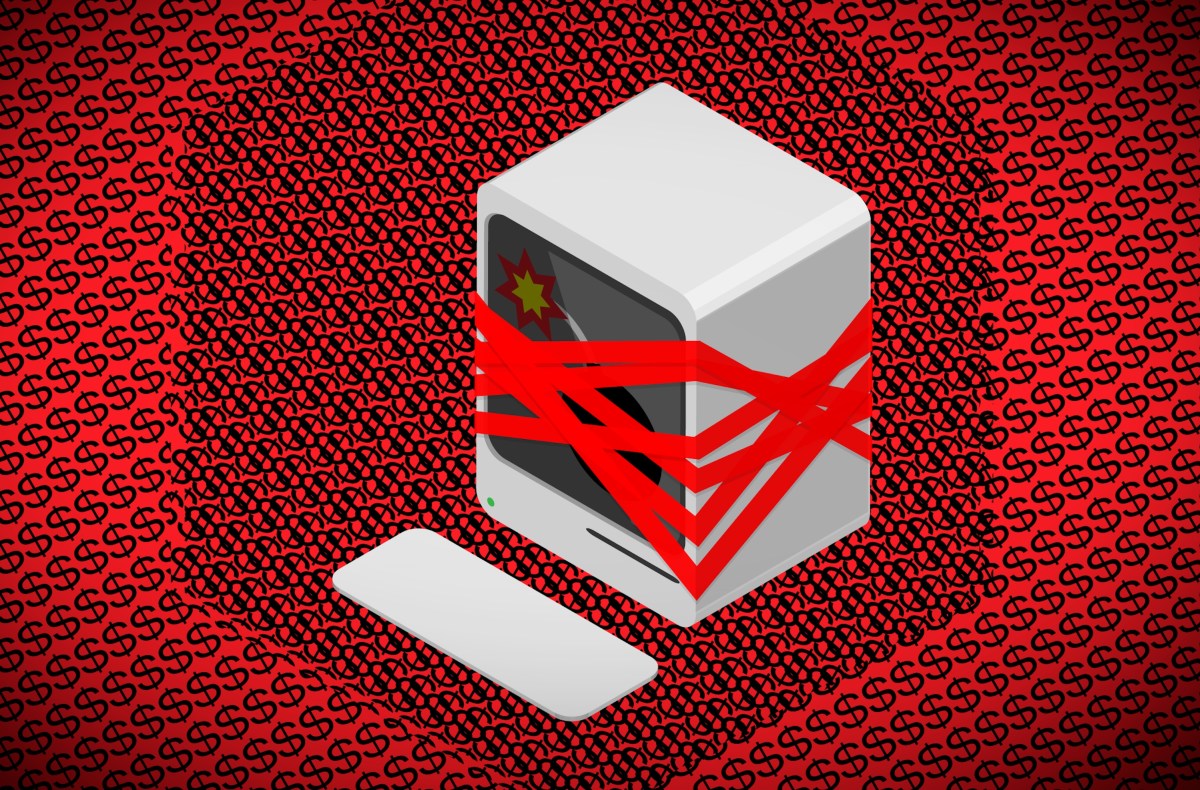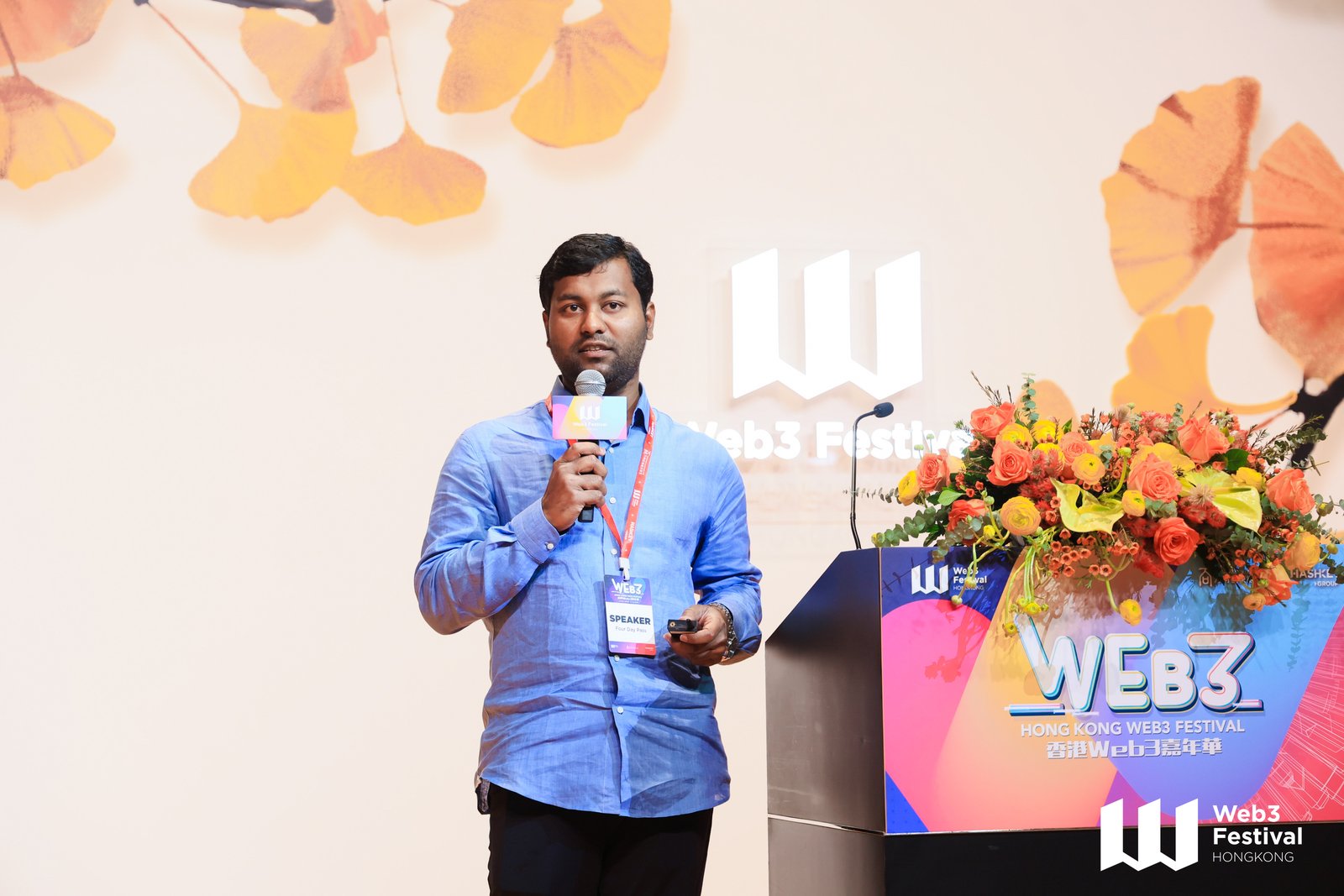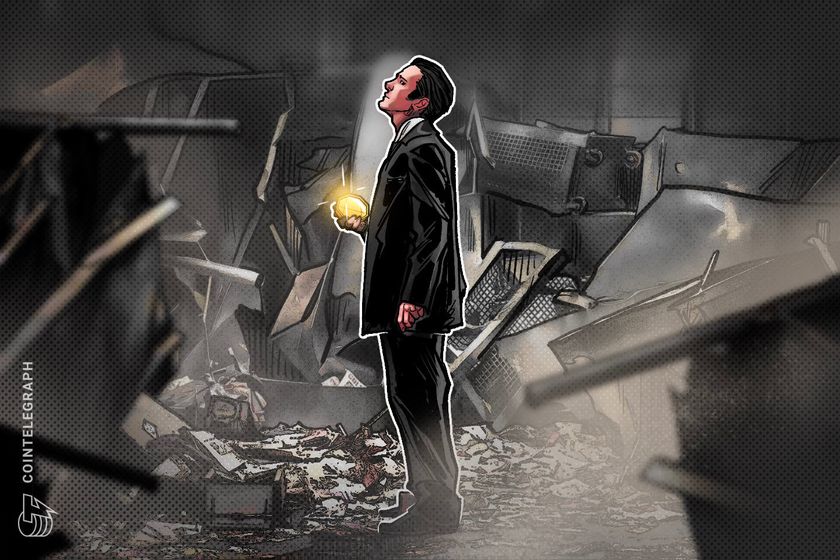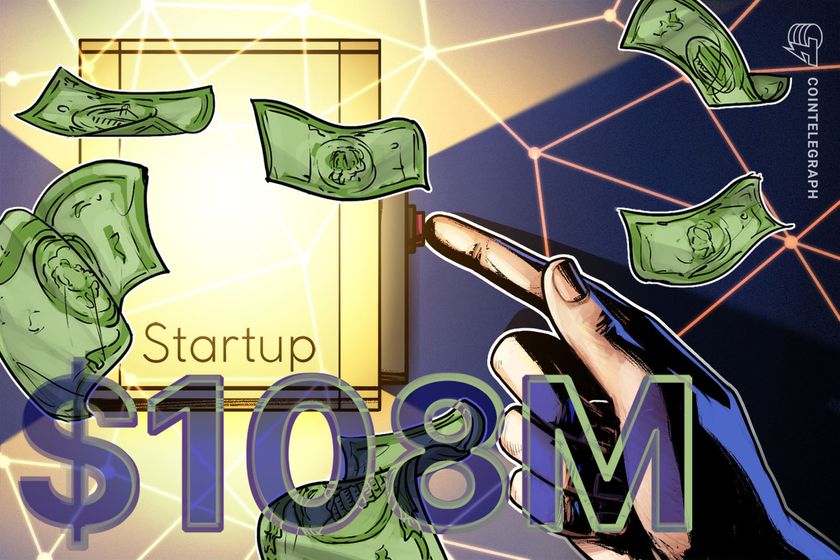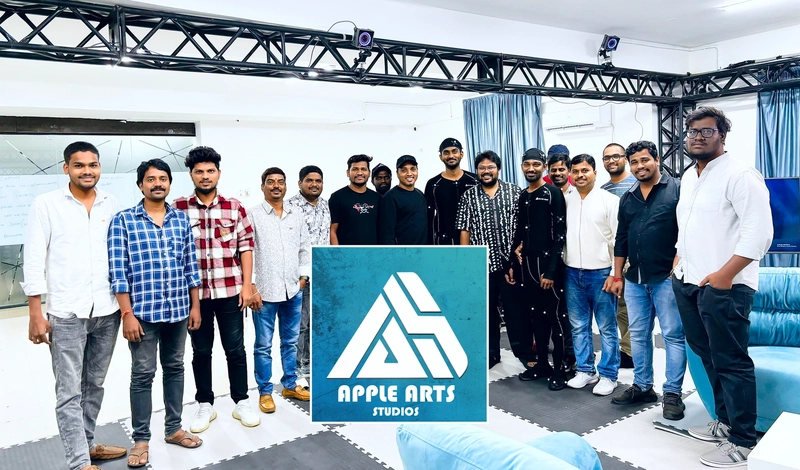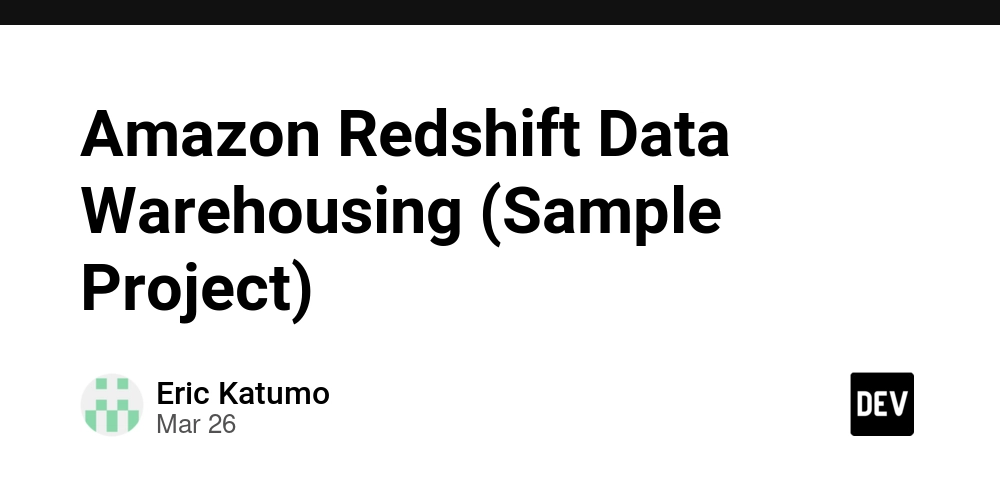Zed Run: Indie Hacking and NFT Innovation on the Digital Racetrack
Abstract: This in-depth blog post elaborates on the success story of Zed Run, an NFT-based digital horse racing platform built on blockchain technology. We explore how indie hacking strategies, innovative technical designs, and robust community engagement have helped Zed Run disrupt traditional gaming and digital asset ownership. The post covers the background, core features, practical use cases, challenges, and future outlook, supplemented with tables and bullet lists for clarity. For more on digital ownership, visit NFTs and Digital Ownership. Introduction In the fast-evolving world of blockchain and non-fungible tokens (NFTs), projects that combine innovative technology with community-driven strategies are setting new standards. One standout example is Zed Run, an NFT-based digital racetrack that taps into the excitement of horse racing while leveraging blockchain’s transparency and digital ownership. This blog post explains how Zed Run serves as a prime case study in indie hacking—using lean methods and user engagement to disrupt a traditional industry. We will cover the history, technical details, and economic models while deepening our understanding of how blockchain can revolutionize gaming and asset ownership. Background and Context A Brief History of Zed Run Zed Run was developed by an Australian team with a vision to merge the classic passion for horse racing with the revolutionary opportunities provided by blockchain. The platform enables users to buy, breed, and race digital horses, each one uniquely represented as an NFT. These NFTs are minted on Ethereum, ensuring verifiable ownership and scarcity. The concept of digital horses is not only about gaming; it also represents a broader trend in the economy of digital assets. As projects like What Are NFTs? and NFT Indie Hacking Success Stories highlight, the potential of blockchain is unlocking new forms of ownership and revenue models that disrupt the status quo. The Ecosystem of Digital Ownership Digital ownership through NFTs has democratized the way users interact with art, music, and gaming. Instead of traditional centralized ownership prevalent in legacy industries, blockchain offers a decentralized, transparent ledger. This model has led to the flourishing of platforms that harness community participation. Zed Run is one such project that leverages the dual appeal of digital collectibles and interactive gameplay to attract and earn a loyal following. Table 1. Key Components of the Zed Run Ecosystem Component Role/Description Example/Link Digital Racehorses Unique NFTs with attributes, lineage, and breeding potential Zed Run Blockchain Technology Ensures security, transparency, and decentralized ownership What is Blockchain? Community Engagement Grassroots marketing and user-driven innovation NFT Indie Hacking Success Stories Revenue Streams Sales, breeding fees, racing prize pools, and secondary market transactions NFT Tokenomics This ecosystem is underscored by transparency and trust, two pillars that are essential as digital platforms innovate away from traditional paradigms. Core Concepts and Features Zed Run’s platform integrates several key concepts and features that exemplify the union of technology and creativity: 1. Blockchain-Powered Digital Assets Unique NFTs: Each digital racehorse is minted as an NFT, ensuring a unique identity, verifiable ownership, and intrinsic value. This approach aligns with standards mentioned in NFTs and Digital Ownership. Transparent Transactions: By using blockchain technology, Zed Run empowers users with the ability to track every transaction. This minimizes fraud and eases the verification process for each asset. 2. Community-Centric Indie Hacking User-Driven Development: A strong emphasis on community feedback has allowed the platform to evolve continuously. Users can participate in forums, Discord channels, and social media, shaping future developments. Grassroots Marketing: Rather than deploying massive advertising campaigns, the developers of Zed Run foster organic growth by relying on influencers and user recommendations. This process is a hallmark of successful indie hacking. Key aspects include: Transparency: Keeping community members informed. Inclusivity: Allowing even novice users to participate. Continuous Improvement: Rapid deployment of updates based on user insights. 3. Engaging Economic Models Breeding and Racing Fees: Zed Run’s marketplace facilitates buying, selling, and breeding digital horses. These fees support the platform’s sustainability while rewarding active participants. Secondary Market Transactions: As with many NFT projects, secondary market sales generate recurring revenue. This dynamic brings added depth to the digital economy. Prize Pools: Structured races and tournaments provide opportunities to earn real monetary value, fostering a co
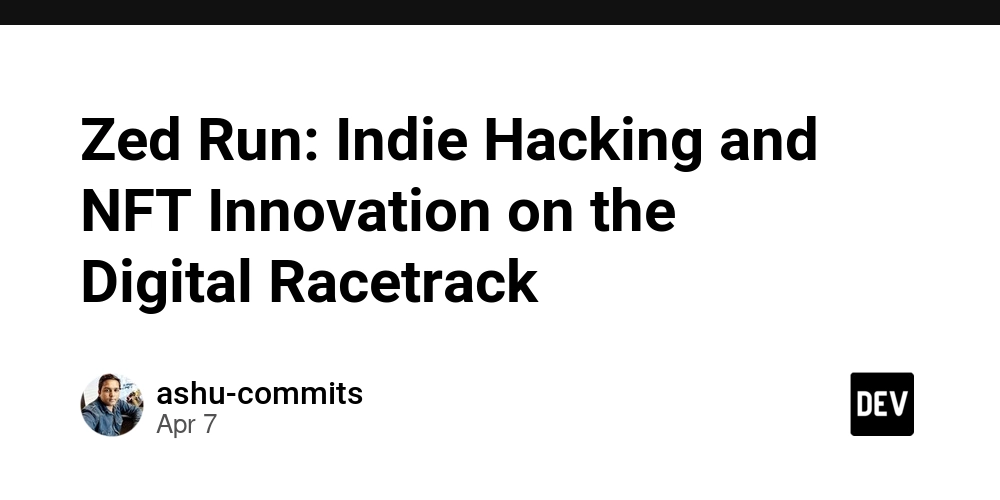
Abstract:
This in-depth blog post elaborates on the success story of Zed Run, an NFT-based digital horse racing platform built on blockchain technology. We explore how indie hacking strategies, innovative technical designs, and robust community engagement have helped Zed Run disrupt traditional gaming and digital asset ownership. The post covers the background, core features, practical use cases, challenges, and future outlook, supplemented with tables and bullet lists for clarity. For more on digital ownership, visit NFTs and Digital Ownership.
Introduction
In the fast-evolving world of blockchain and non-fungible tokens (NFTs), projects that combine innovative technology with community-driven strategies are setting new standards. One standout example is Zed Run, an NFT-based digital racetrack that taps into the excitement of horse racing while leveraging blockchain’s transparency and digital ownership. This blog post explains how Zed Run serves as a prime case study in indie hacking—using lean methods and user engagement to disrupt a traditional industry. We will cover the history, technical details, and economic models while deepening our understanding of how blockchain can revolutionize gaming and asset ownership.
Background and Context
A Brief History of Zed Run
Zed Run was developed by an Australian team with a vision to merge the classic passion for horse racing with the revolutionary opportunities provided by blockchain. The platform enables users to buy, breed, and race digital horses, each one uniquely represented as an NFT. These NFTs are minted on Ethereum, ensuring verifiable ownership and scarcity.
The concept of digital horses is not only about gaming; it also represents a broader trend in the economy of digital assets. As projects like What Are NFTs? and NFT Indie Hacking Success Stories highlight, the potential of blockchain is unlocking new forms of ownership and revenue models that disrupt the status quo.
The Ecosystem of Digital Ownership
Digital ownership through NFTs has democratized the way users interact with art, music, and gaming. Instead of traditional centralized ownership prevalent in legacy industries, blockchain offers a decentralized, transparent ledger. This model has led to the flourishing of platforms that harness community participation. Zed Run is one such project that leverages the dual appeal of digital collectibles and interactive gameplay to attract and earn a loyal following.
Table 1. Key Components of the Zed Run Ecosystem
| Component | Role/Description | Example/Link |
|---|---|---|
| Digital Racehorses | Unique NFTs with attributes, lineage, and breeding potential | Zed Run |
| Blockchain Technology | Ensures security, transparency, and decentralized ownership | What is Blockchain? |
| Community Engagement | Grassroots marketing and user-driven innovation | NFT Indie Hacking Success Stories |
| Revenue Streams | Sales, breeding fees, racing prize pools, and secondary market transactions | NFT Tokenomics |
This ecosystem is underscored by transparency and trust, two pillars that are essential as digital platforms innovate away from traditional paradigms.
Core Concepts and Features
Zed Run’s platform integrates several key concepts and features that exemplify the union of technology and creativity:
1. Blockchain-Powered Digital Assets
Unique NFTs: Each digital racehorse is minted as an NFT, ensuring a unique identity, verifiable ownership, and intrinsic value. This approach aligns with standards mentioned in NFTs and Digital Ownership.
Transparent Transactions: By using blockchain technology, Zed Run empowers users with the ability to track every transaction. This minimizes fraud and eases the verification process for each asset.
2. Community-Centric Indie Hacking
User-Driven Development: A strong emphasis on community feedback has allowed the platform to evolve continuously. Users can participate in forums, Discord channels, and social media, shaping future developments.
Grassroots Marketing: Rather than deploying massive advertising campaigns, the developers of Zed Run foster organic growth by relying on influencers and user recommendations. This process is a hallmark of successful indie hacking.
Key aspects include:
- Transparency: Keeping community members informed.
- Inclusivity: Allowing even novice users to participate.
- Continuous Improvement: Rapid deployment of updates based on user insights.
3. Engaging Economic Models
Breeding and Racing Fees: Zed Run’s marketplace facilitates buying, selling, and breeding digital horses. These fees support the platform’s sustainability while rewarding active participants.
Secondary Market Transactions: As with many NFT projects, secondary market sales generate recurring revenue. This dynamic brings added depth to the digital economy.
Prize Pools: Structured races and tournaments provide opportunities to earn real monetary value, fostering a competitive yet collaborative environment.
4. Cutting-Edge Scalability and User Experience
Scaling Challenges: Initially built on Ethereum, Zed Run encountered scalability issues typical of many blockchain-based platforms. The team actively explores Layer 2 solutions as detailed in Blockchain Scalability Solutions.
User-Friendly Design: By simplifying the interfaces and offering guides for newcomers, Zed Run lowers the barrier to entry for users unfamiliar with blockchain technology.
Applications and Use Cases
Zed Run is not just a gaming platform—it is an example of how blockchain can be applied across various digital industries. Below are two practical examples of its applications:
Use Case 1: Digital Collectibles and Gaming
Digital racehorses serve as collectibles that appreciate in value and offer interactive experiences. A user can:
- Collect and Trade: Purchase digital horses, breed them to form a winning lineage, and trade them in an open marketplace.
- Race for Rewards: Participate in tournaments with the potential to earn significant prizes, as the racing ecosystem blends entertainment with incentivized investment.
Use Case 2: Decentralized Ownership and Revenue Sharing
The model of tying real economic value to digital assets is groundbreaking. By decentralizing asset ownership:
- Stakeholder Engagement: Users are more likely to contribute ideas and improvements because they have a vested interest in the platform’s success.
- Community-Driven Innovation: Platforms like Zed Run empower the community to drive new features, similar to other community-funded tech projects.
As an example, the approach is discussed in detail in License Token: A New Paradigm for OSS Sustainability, which underlines the importance of community contributions in driving technological innovations.
Bullet List: Advantages of the Zed Run Model
- Decentralized Ownership: Reduces reliance on intermediaries.
- User Engagement: Direct input from users fosters continuous improvement.
- Revenue Diversity: Multiple streams from sales, breeding, and secondary markets.
- Blockchain Transparency: Ensures trust and authenticity of transactions.
- Scalable Infrastructure: Ongoing efforts to overcome blockchain limitations.
Challenges and Limitations
While Zed Run is an impressive innovation, it faces several inherent challenges:
Technical and Scalability Issues
Blockchain Load: The high transaction costs and network congestion on Ethereum have been recurring issues. As Zed Run grows, the platform must continually evolve its infrastructure. There is ongoing research into Layer 2 solutions as described in Blockchain Scalability Solutions.
Smart Contract Vulnerabilities: With every transaction secured by smart contracts, ensuring their security is paramount. Rigorous audits and continuous updates are necessary to mitigate potential risks.
Regulatory and Compliance Hurdles
- Evolving Legislation: As digital assets fall under various national financial regulations, Zed Run must balance innovation with legal compliance. This regulatory landscape is still in flux, requiring agile adaptation by the development team.
User Adoption and Experience
Onboarding Challenges: For many users, the concept of blockchain and digital tokens remains complex. Simplifying the user interface and providing educational resources is an ongoing task.
Market Volatility: The volatile nature of NFT markets can affect user enthusiasm and participation, introducing financial risks to participants.
In addition, projects like Zed Run continuously work to refine their user experience, as discussed in articles such as Exploring Financial Stability in Open Source Projects to ensure long-term viability.
Future Outlook and Innovations
Looking ahead, the potential for platforms like Zed Run is immense. Several key trends and innovations are on the horizon:
Integration with Emerging Technologies
Augmented Reality (AR) and Virtual Reality (VR): The integration of AR/VR technologies could further enhance the immersive experience of digital races, making the entire racecourse come alive.
Cross-Chain Compatibility: By expanding from Ethereum to other blockchains, Zed Run could offer faster transactions and lower fees. This initiative is in line with the ongoing efforts in What is Blockchain?.
Enhanced Community and Ecosystem Growth
Decentralized Governance: As communities grow, decentralized governance models may be adopted to allow users to vote on major changes and development priorities.
Interoperability with Other NFT Platforms: Beyond just horse racing, the integration with broader NFT ecosystems could open up new revenue streams and participation opportunities. The upcoming trends are reviewed extensively in NFT Future Predictions.
New Economic Models and Tokenomics
Innovative Revenue Streams: The evolution of new tokenomics models could see users earning through staking, yield farming, and even fractional ownership of high-value assets.
Sustainable Open Source Funding: The model presented by Zed Run continues to inspire new approaches to funding open source projects. For a deeper dive into this paradigm, see Software Sustainability: A Path to Responsible Digital Evolution.
Table 2. Future Innovation Roadmap for Platforms Like Zed Run
| Innovation Area | Description | Potential Impact |
|---|---|---|
| AR/VR Integration | Bringing real-world immersive elements into digital races | Enhanced user engagement and realism |
| Cross-Chain Interoperability | Integrating alternative chains to lower fees and improve speed | Broader market access and improved scalability |
| Decentralized Governance | Empowering community decisions on platform upgrades | Greater user satisfaction and retention |
| Advanced Tokenomics | New revenue and rewards models such as staking or yield farming | More diverse and sustainable revenue streams |
Summary
Zed Run stands at the intersection of innovation, community engagement, and digital asset ownership. This platform demonstrates how an indie hacking approach can disrupt traditional industries through blockchain technology. While challenges remain—especially in terms of scalability, regulatory compliance, and user onboarding—the forward-thinking strategies employed by Zed Run set it apart in the NFT space.
To summarize the key takeaways:
- Zed Run leverages blockchain to provide unique digital racehorses as NFTs that users can buy, breed, race, and trade.
- The platform’s growth is fueled by a passionate community that helps drive continuous improvement, embodying the principles of indie hacking.
- Innovative revenue models and a transparent economic ecosystem underpin the project's sustainability.
- Moving forward, integration with future technologies and new tokenomics models promise even more engaging and secure digital experiences.
For anyone interested in how traditional industries can be transformed through digital innovation, Zed Run presents an inspiring blueprint. It is a testament to how creativity, technological prowess, and community collaboration can come together to redefine asset ownership in the digital age.
For more detailed insights into blockchain integration and digital collectible dynamics, check out NFTs and Digital Ownership and What is Blockchain?. Additionally, you can explore related discussions on digital innovation and funding through open-source projects in articles like Navigating Financial Stability in Open Source Projects and License Token: A New Paradigm for OSS Sustainability.
By continually adapting to evolving blockchain solutions and digital trends, platforms like Zed Run are not only changing the game in digital entertainment but also setting new standards for financial sustainability and technological innovation in the NFT landscape.
In conclusion, Zed Run is much more than a digital racetrack—it is a laboratory for indie hacking innovation, a benchmark for NFT ecosystems, and a pioneer for decentralized ownership models. Its journey continues to inspire developers, investors, and enthusiasts across the globe, paving the way for a future where digital and physical realities merge seamlessly.
Embracing creativity, technological advancement, and community-driven development, Zed Run is a beacon for the next-generation digital economy.
For further reading on open source funding and blockchain integration, readers are encouraged to explore related posts such as Software Sustainability: A Path to Responsible Digital Evolution and GitHub Sponsors: Navigating Privacy and Security in Open Source Funding. These resources provide additional context to the evolving landscape where technology meets sustainability.


















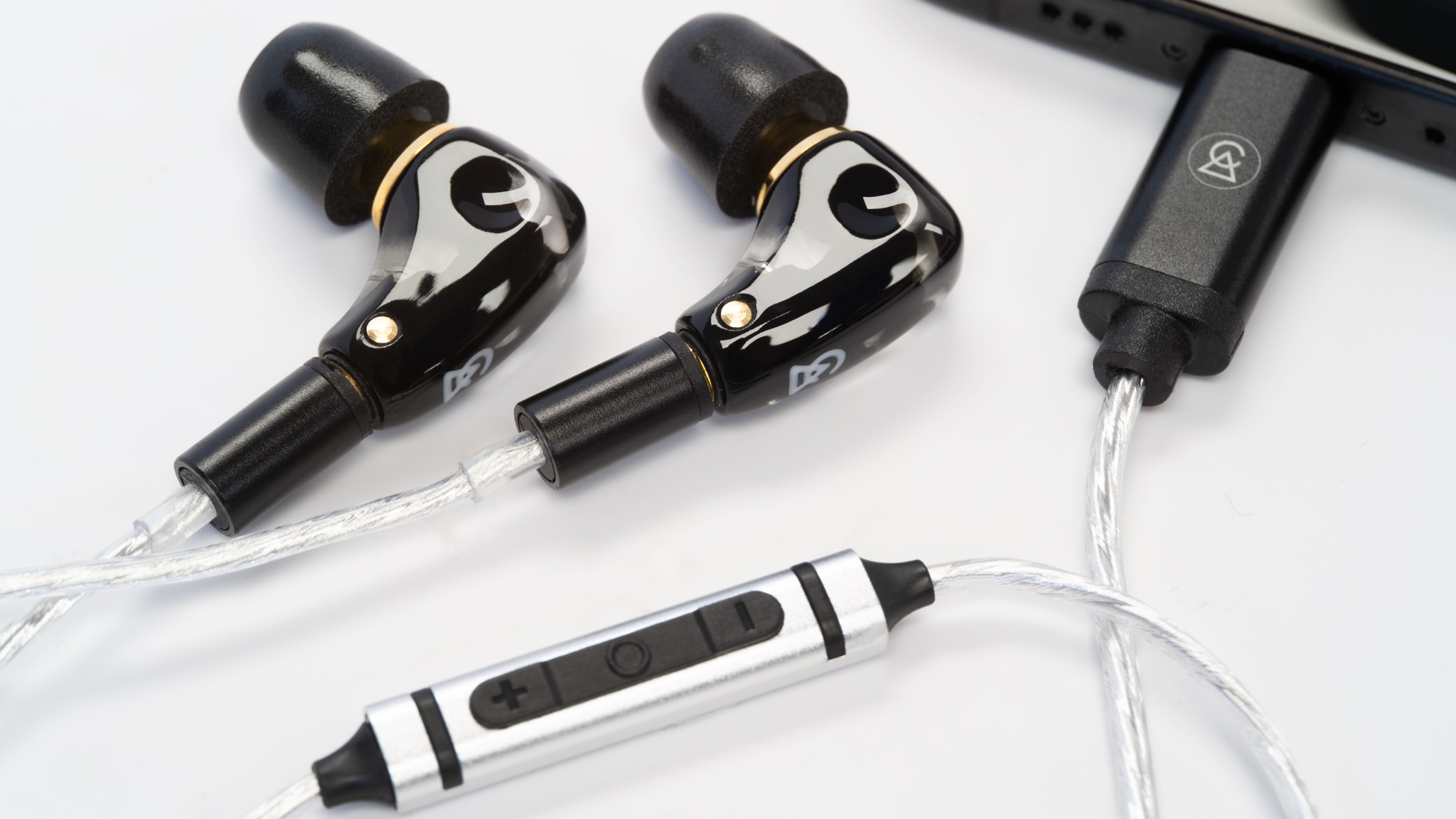























































































































































![[The AI Show Episode 142]: ChatGPT’s New Image Generator, Studio Ghibli Craze and Backlash, Gemini 2.5, OpenAI Academy, 4o Updates, Vibe Marketing & xAI Acquires X](https://www.marketingaiinstitute.com/hubfs/ep%20142%20cover.png)


















































































































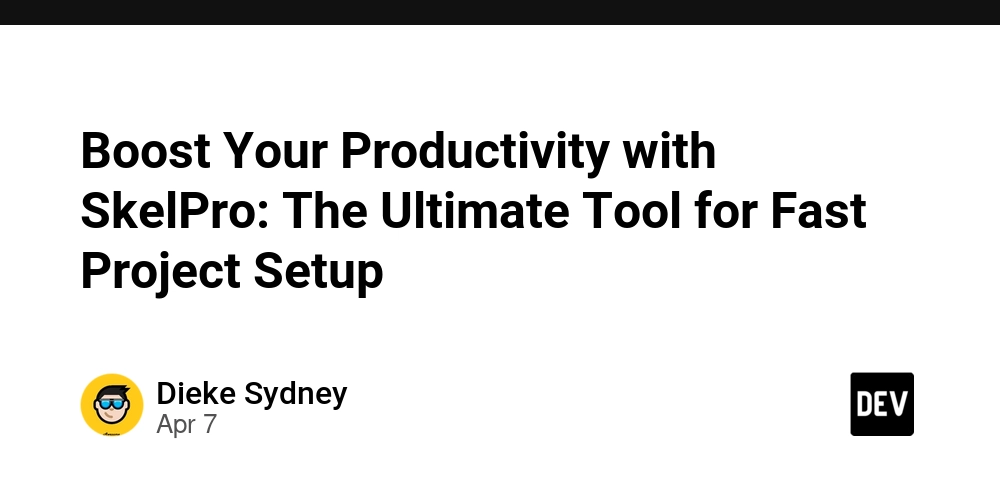










![[DEALS] The Premium Learn to Code Certification Bundle (97% off) & Other Deals Up To 98% Off – Offers End Soon!](https://www.javacodegeeks.com/wp-content/uploads/2012/12/jcg-logo.jpg)
![From drop-out to software architect with Jason Lengstorf [Podcast #167]](https://cdn.hashnode.com/res/hashnode/image/upload/v1743796461357/f3d19cd7-e6f5-4d7c-8bfc-eb974bc8da68.png?#)



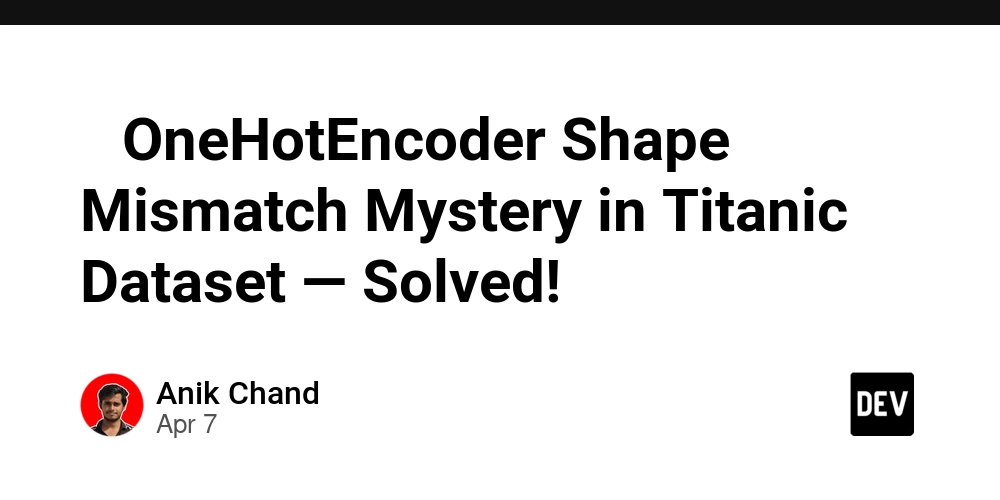
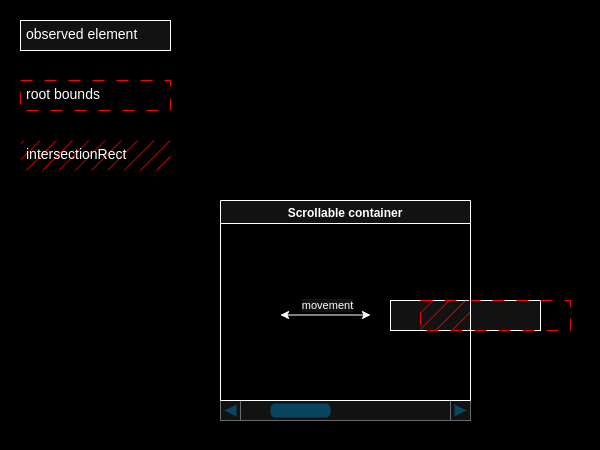



































































































.png?#)




(1).jpg?width=1920&height=1920&fit=bounds&quality=80&format=jpg&auto=webp#)





























_Christophe_Coat_Alamy.jpg?#)
.webp?#)
.webp?#)














































































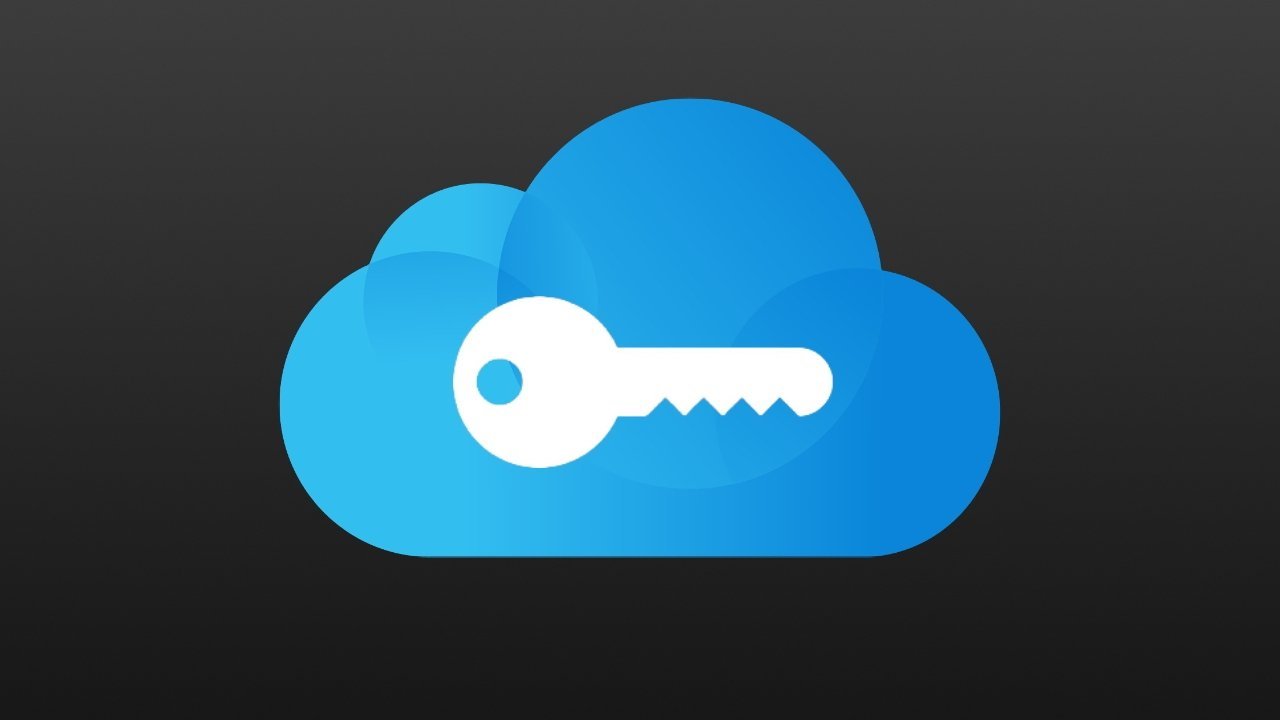

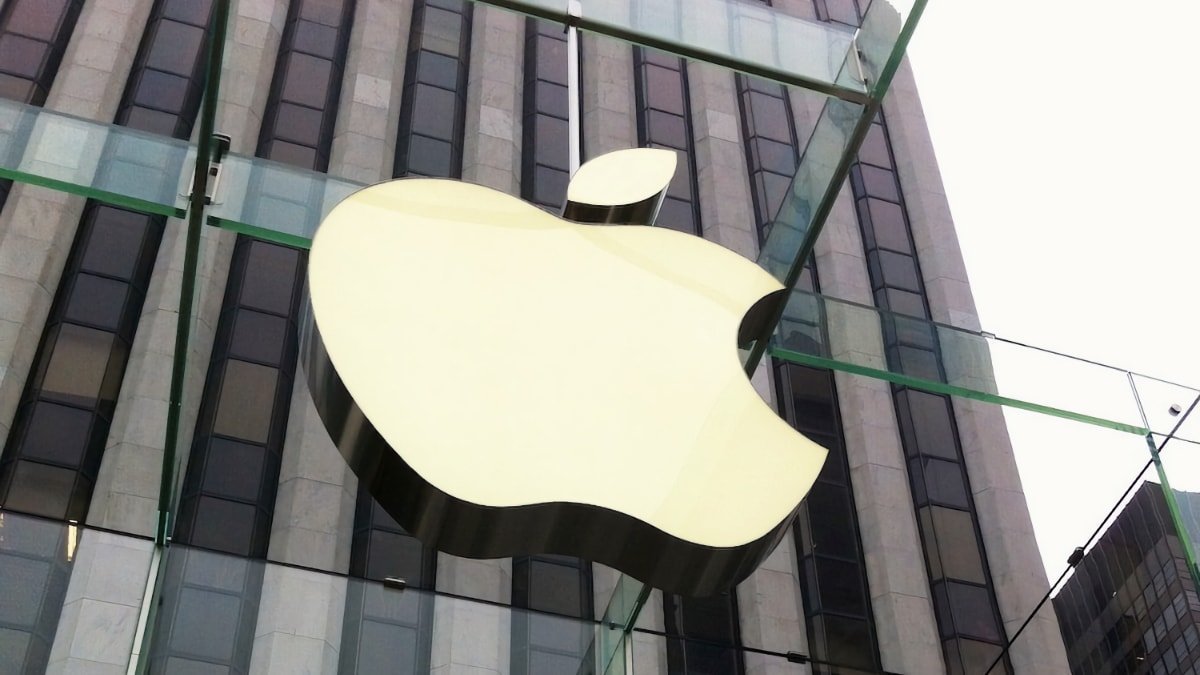
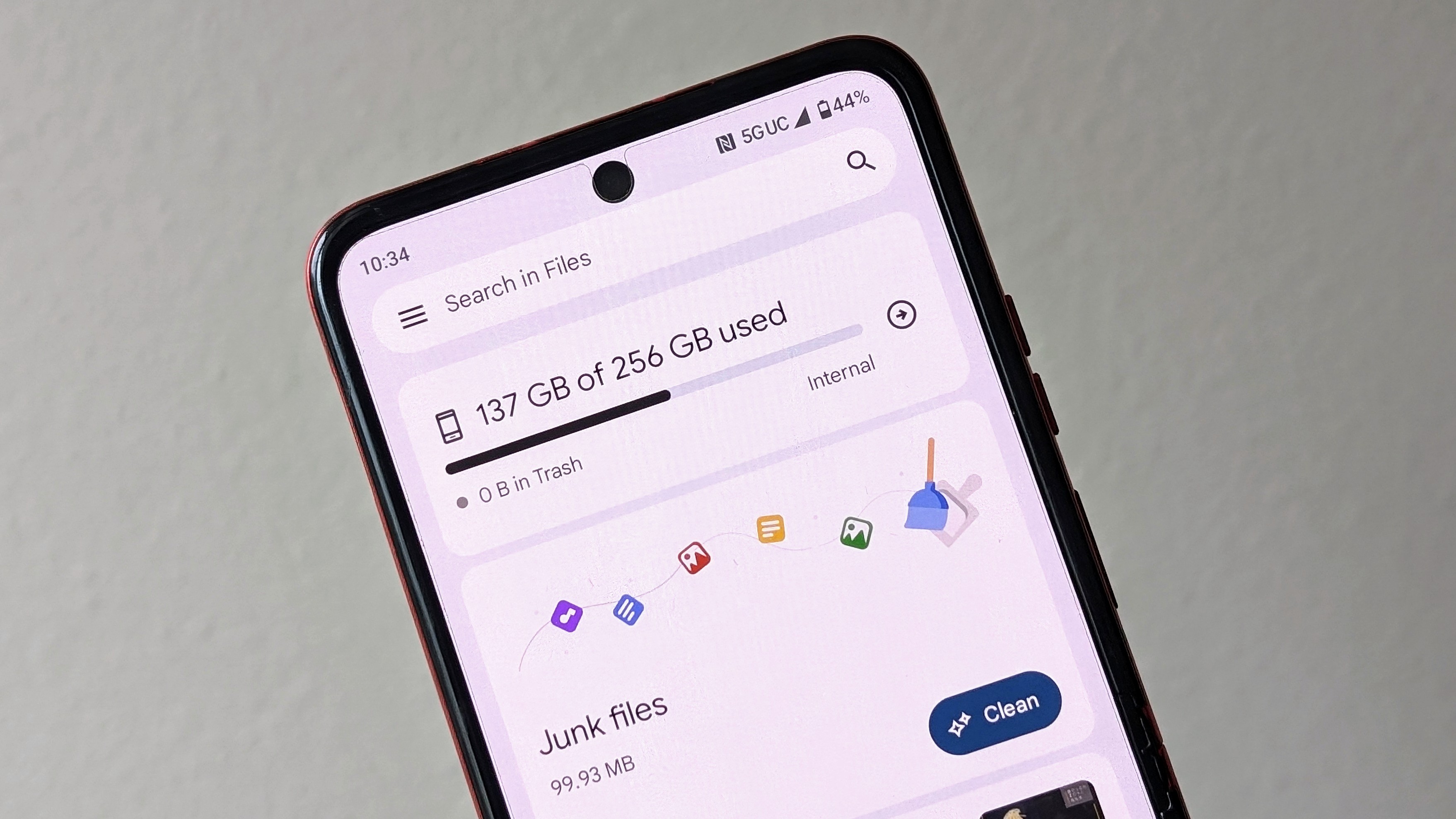



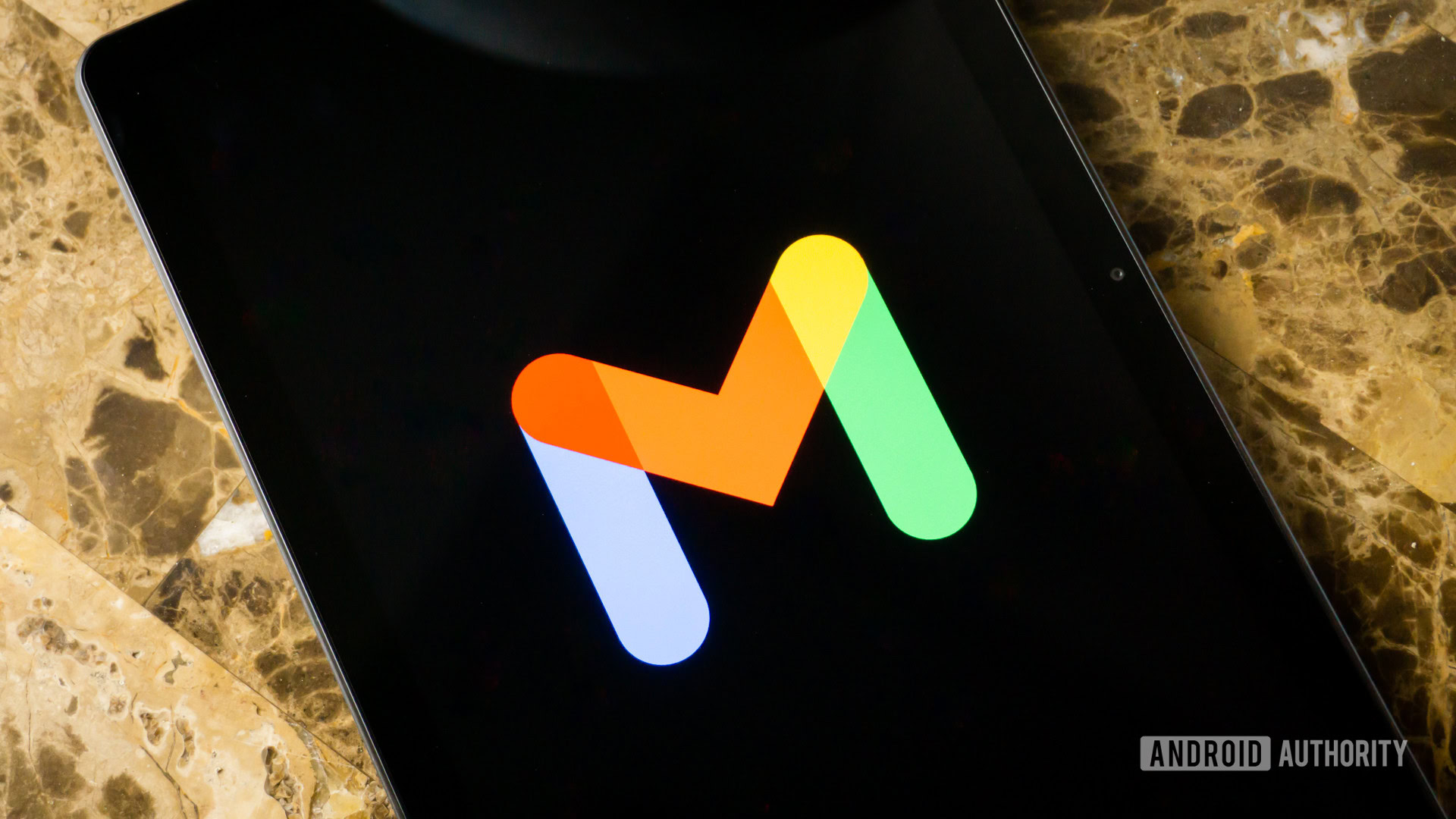





















![Apple Considers Delaying Smart Home Hub Until 2026 [Gurman]](https://www.iclarified.com/images/news/96946/96946/96946-640.jpg)
![iPhone 17 Pro Won't Feature Two-Toned Back [Gurman]](https://www.iclarified.com/images/news/96944/96944/96944-640.jpg)
![Tariffs Threaten Apple's $999 iPhone Price Point in the U.S. [Gurman]](https://www.iclarified.com/images/news/96943/96943/96943-640.jpg)






























































